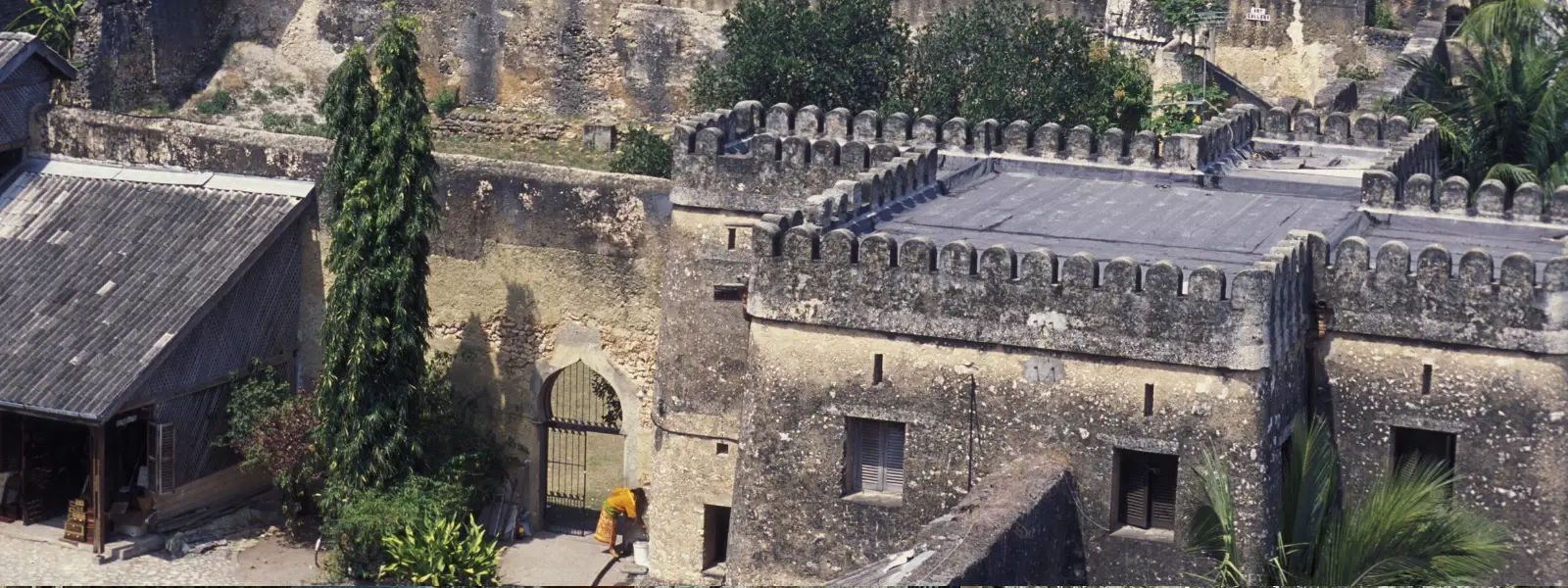
Hotels
•03 min read

Perched along the rugged Kerala coastline, St. Angelo Fort immediately captivates with its imposing silhouette and storied past. Imagine standing atop ancient ramparts, feeling the salty sea breeze while gazing out over the Arabian Sea. Built in 1505 by the Portuguese, this formidable fort has witnessed centuries of cultural exchange and colonial influence, making it one of the most iconic historical forts in Kannur. This blog delves into seven compelling reasons why St. Angelo Fort is integral to Kannur's heritage, exploring its origins, unique architecture, cultural legacy, strategic military role, and present-day significance.
St. Angelo Fort was constructed by Don Francesco de Almeida, the first Portuguese Viceroy of India, in 1505. Its strategic location, overlooking the vast Arabian Sea, was chosen to safeguard the flourishing trade routes, ensuring swift communication and control over maritime operations. This imposing structure was not only a military outpost but also an emblem of Portuguese ambition and prowess in the region.
The fort played a pivotal role during successive colonial eras, witnessing the rise and fall of the Portuguese, Dutch, and British powers. Over time, it evolved into a symbol of both colonial authority and local resilience. Its walls speak of battles fought and victories claimed, rendering it an enduring icon of Kannur's tumultuous yet rich history.
Designed with ingenuity, the fort boasts a triangular structure built from robust laterite stone, a common material in Kerala. Its formidable bastions, deep moat, and a network of underground tunnels showcase advanced military engineering. Each element of its construction served a distinct purpose, ensuring that the fort remained virtually impregnable against invaders.
Unlike many other forts built by the Portuguese across India, St. Angelo Fort stands out for its distinctive triangular layout and integrated defensive mechanisms. While many coastal fortifications share common features, the blend of aesthetic elegance with military practicality marks St. Angelo Fort as a unique gem among historical forts in Kerala and other Portuguese forts in India.

Beyond its military might, St. Angelo Fort is a repository of cultural history. The fort facilitated a mélange of influences from the Portuguese, Dutch, and British, leaving an indelible mark on local traditions and art forms. Historical artifacts and inscriptions found within its premises offer a tangible connection to the past, revealing the stories of those who once walked its corridors.
St. Angelo Fort is intricately linked with other Kannur heritage sites, such as the scenic Moppila Bay and the charming Dharmadom Island. These sites, together with the fort, weave a rich tapestry of history that attracts both scholars and tourists eager to explore the legacy of the region.
St. Angelo Fort was a crucial node within Kerala’s network of coastal defenses. These fortifications, built to safeguard vibrant maritime trade routes, allowed colonial powers to exert control over naval operations and protect their economic interests. The strategic importance of these coastal forts is underscored by their continuous use and adaptation over centuries.
After the Portuguese, the Dutch and later the British made significant modifications to the fort. These enhancements were designed to fortify the structure further, ensuring it was updated to meet the evolving challenges of military defense. The layers of architectural intervention stand as a testament to the fort’s ongoing importance and adaptability over time.
Today, St. Angelo Fort is celebrated as one of the foremost Kannur tourist attractions, drawing history enthusiasts and casual visitors alike. Its storied past and breathtaking views create an immersive experience that transports visitors to a bygone era. Close by, attractions like the bustling Moppila Bay fishing harbor and the serene Dharmadom Island further enrich the travel experience for those exploring the region.
Recognizing its historical and architectural significance, St. Angelo Fort is a protected monument under the stewardship of the Archaeological Survey of India. This status not only safeguards its integrity but also underscores the fort’s ongoing relevance as a custodian of Kannur’s cultural heritage.

Did you know? St. Angelo Fort’s triangular design is a rare architectural feature among forts in India, showcasing the Portuguese mastery in military engineering.
St. Angelo Fort was built in 1505 by the Portuguese and later occupied by the Dutch and British, serving as a strategic military base for colonial powers.
Kannur is historically significant as a coastal trade hub and a center of colonial activity, with landmarks like St. Angelo Fort showcasing its rich heritage.
The fort was primarily used for military defense, protecting trade routes, and serving as a base for colonial rulers.
St. Angelo Fort has a triangular shape, constructed using laterite stone, fortified with bastions and a moat for enhanced defense.
Kannur Fort, also known as St. Angelo Fort, was built by Don Francesco de Almeida, the first Portuguese Viceroy of India.
St. Angelo Fort stands as a testament to Kannur’s rich historical tapestry, blending architectural brilliance with layers of cultural and colonial legacy. Through its enduring presence, the fort not only narrates tales of military might but also celebrates centuries of intertwined histories. This exploration of its origins, design, and evolving role provides a deeper appreciation of how this coastal marvel continues to shape and define Kannur’s heritage.